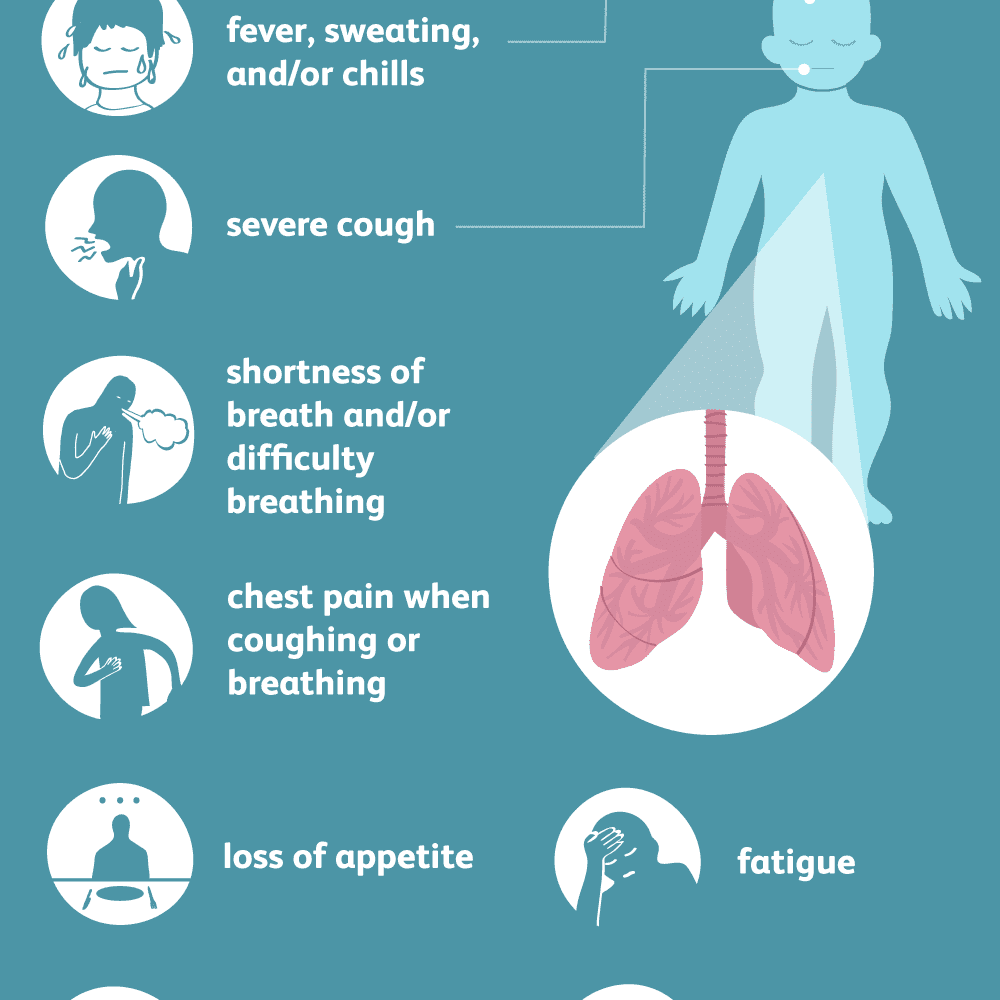

Ultrasound of the chest : Ultrasound may be used if fluid surrounding the lungs is suspected.

A CT scan can also show complications of pneumonia, abscesses or pleural effusions and enlarged lymph nodes. A CT scan also shows the airway (trachea and bronchi) in great detail and can help determine if pneumonia may be related to a problem within the airway.

If your doctor thinks you may have pneumonia, an imaging test may be performed to confirm the diagnosis. In checking for pneumonia, your doctor will listen for abnormal sounds like crackling, rumbling or wheezing. You will also undergo a physical exam, so that your doctor can listen to your lungs. Your primary doctor will begin by asking you about your medical history and symptoms. How is pneumonia diagnosed and evaluated?


 0 kommentar(er)
0 kommentar(er)
